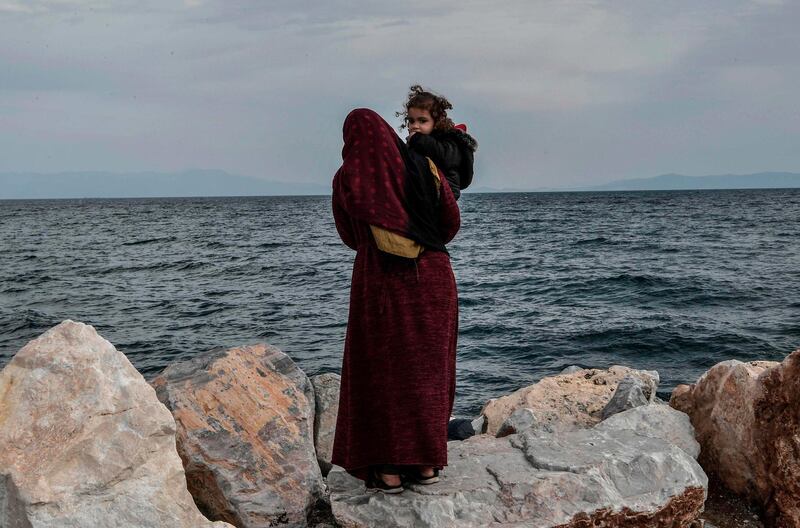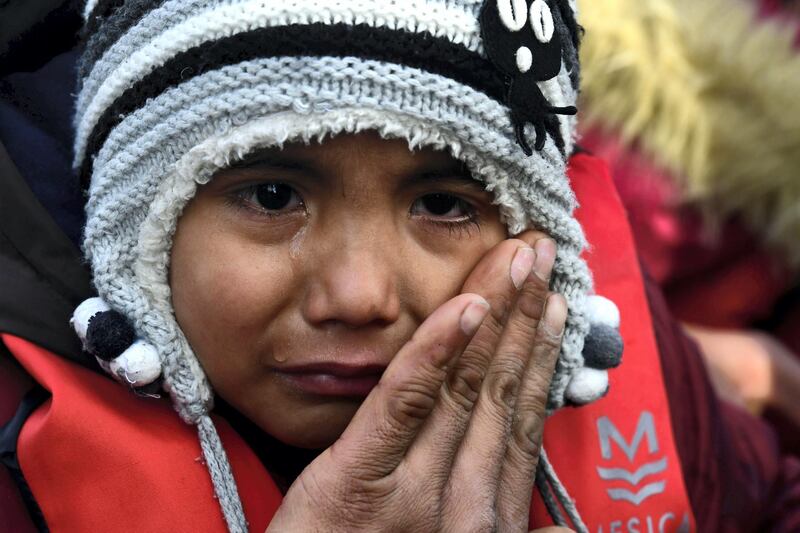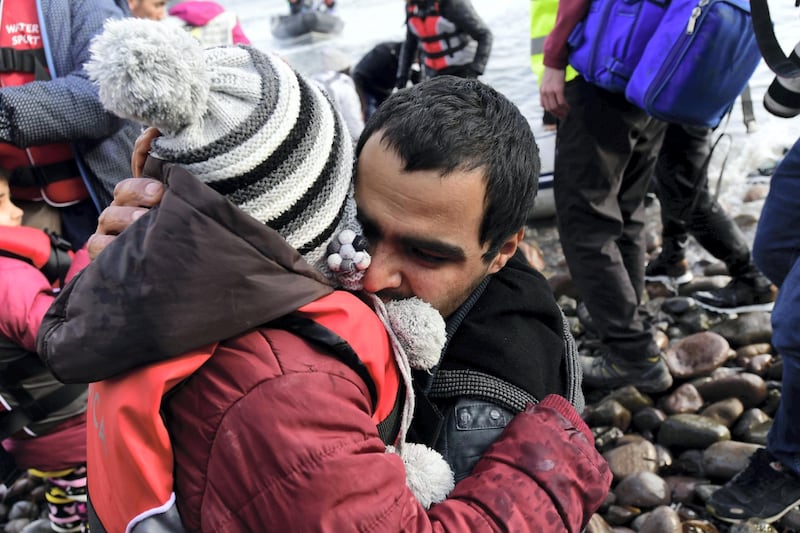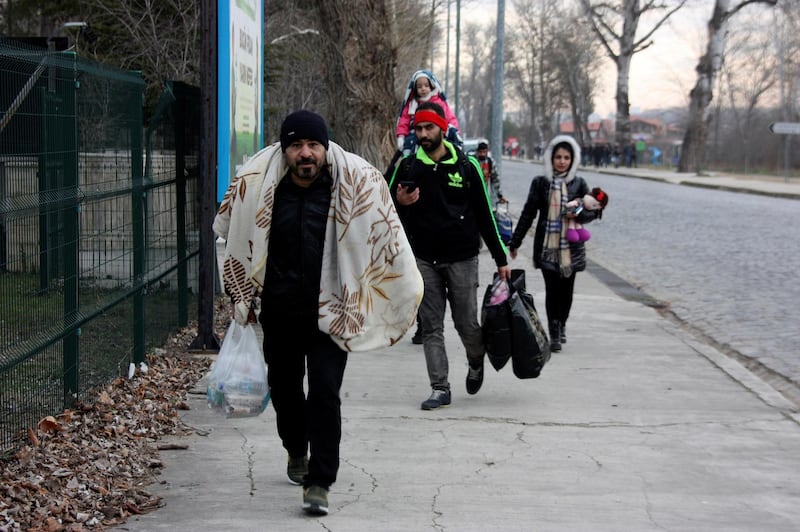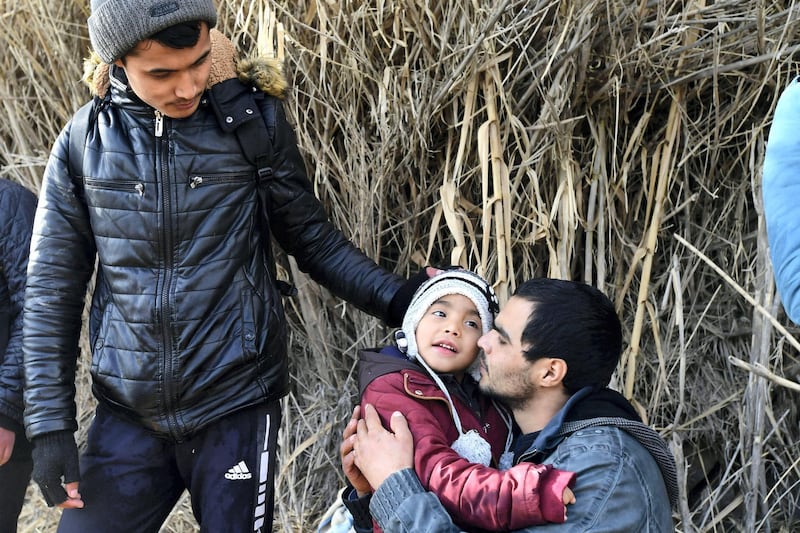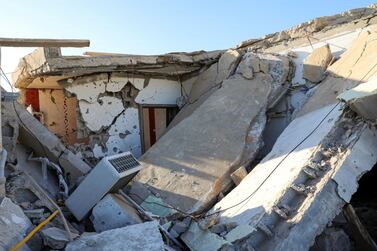Migrant deaths in the eastern Mediterranean are higher than at any time since the peak of the 2016 migrant crisis, figures show, after Turkey’s row with the European Union over shouldering the humanitarian burden of the Syrian war boiled over into a migration surge this earlier month.
Numbers compiled by the UN’s migration agency (IOM), showed that more than 4.5 times as many migrants and refugees had died on the eastern Mediterranean route than in the same period in 2019.
After the Turkish military suffered its worst single-day losses in almost 30 years when dozens of soldiers were killed in an air strike in Syria’s Idlib province at the end of February, Ankara opened its borders with Europe, allowing Syrian refugees to travel on to Europe again in a dramatic withdrawal from a landmark 2016 deal between Ankara and the European Union to stem the westward flow of people fleeing fighting in Syria.
The IOM has reported 64 migrant deaths in the Eastern Mediterranean so far this year, a marked increase over the 14 fatalities recorded in the same time last year.
IOM spokesperson Joel Millman told The National that the spike in deaths so far in 2020 almost matches the 71 drownings recorded by the IOM’s Missing Migrants project throughout the whole of 2019.
Julia Black, who oversees the Missing Migrants project, told The National that a high proportion of the deaths recorded this year could be traced to a single large shipwreck in which 29 people are believed to have lost their lives.
But she cautioned that the high number of deaths did not necessarily represent a trend: “While this shipwreck does mean that the number of deaths recorded so far in the Eastern Mediterranean are higher than last year’s figures, I cannot really say that this represents a meaningful trend”.
She also said the agency had, since the middle of last year, seen “a rise in the number of ships which disappear without any survivors”.
Ms Black said it was too early to tell if Greece’s clampdown on border crossings this year has forced migrants to seek more dangerous routes into Europe, but said stricter border controls tend to “have the effect of displacing migration flows rather than stopping them”.
“Since the EU-Turkey agreement we’ve certainly seen more people crossing the land border and a corresponding increase in the number of deaths in that area, particularly in the Evros river,” she said.
The figures show that more migrants died in the first three months of this year than in any other year apart from 2016, when migrant arrivals in Greece peaked at more than 123,000 in January and February alone at the height of the migrant crisis.
Though recorded arrivals by the Eastern Mediterranean route in January increased by almost a third, the numbers of arrivals across the first three months of 2020 have fallen slightly overall when compared with last year, as European states moved to shut borders and restrict free movement as much as possible to help combat the spread of the novel coronavirus on the continent.
The European Union’s border security agency, Frontex, has also tracked decreasing numbers of migrant detections across all of Europe’s frontiers this year.
The agency in February reported a 42 per cent fall in detections over the previous month, but noted that the eastern Mediterranean route continues to account for the largest share of crossings into Europe.
Though deaths continue to fall for the region as a whole, Mediterranean remains the deadliest region for migration by far, accounting for nearly half of the 552 migrant fatalities already recorded across the world this year.
On the central Mediterranean route, where the number of attempted crossings has already outstripped the total number reported in the whole of 2019, 133 people have died already this year.
The European Union is due to begin new naval and air patrols off the Libyan coast on Tuesday as part of a new mission to support the bloc’s arms embargo on the country.
Greece has agreed to take in any migrants rescued at sea by the new mission, named Irini after the Greek word for peace, replacing operation Sophia, set up in 2015 to fight people-smuggling.
EU naval vessels, provided and crewed by member state navies, will operate in the eastern Mediterranean with the authority to board ships suspected of delivering arms, a diplomatic source said.
The new mission is due to start on March 31 and has a renewable one-year mandate, with ministers reviewing the operation every four months to check it is not encouraging migrants to set out on the dangerous journey across the Mediterranean.
The agreement in February was reached despite objections from Hungary and Austria, which claimed that reviving the mission would create a de facto rescue fleet that would effectively ferry migrants to Europe.
